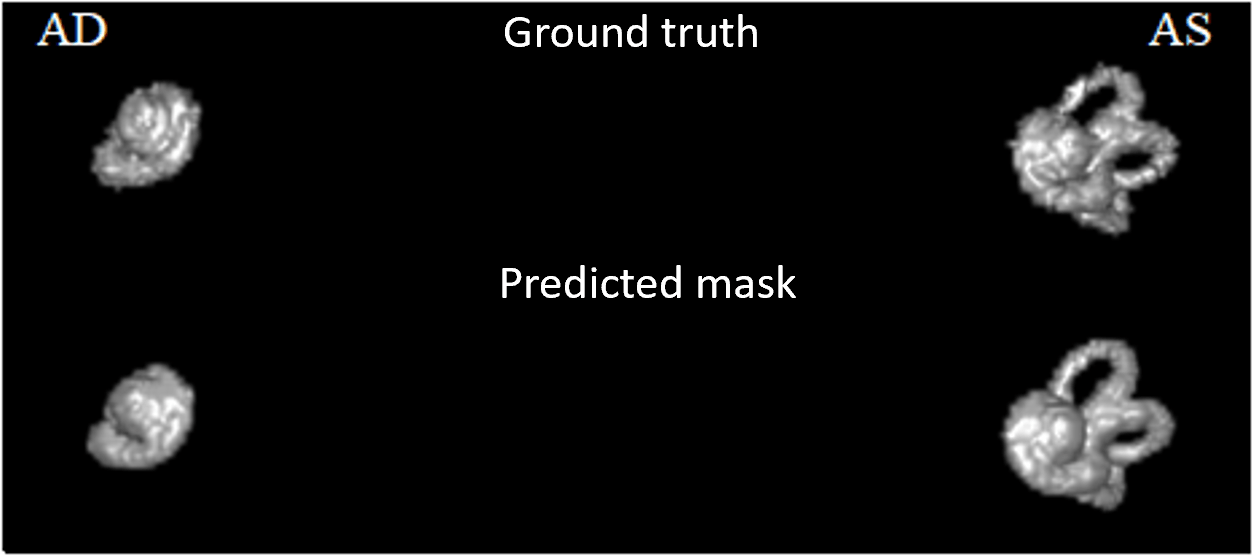- February 18th, 2021
- Category: article
AI tool for the segmentation of the inner ear on MRI
Radiomics together with UZAntwerpen and UMaastricht, has developed a novel tool for the automatic identification of the inner ear on MRI
Scientific Reports
AI tool for the fully automated segmentation of the inner ear on MRI
Radiomics together with UZAntwerpen and UMaastricht, has developed a novel tool for the automatic identification of the inner ear on MRI

This AI tool was used to study more than 1000 magnetic resonance scans (MRI) coming from different centers and hospitals in Belgium and the Netherlands. The performances of this software were found to be comparable to the one of an experienced radiologist with the added value of being faster and more precise. Each scan can be processed in a matter of seconds and the reproducibility of this automatic segmentation is 100%. This tool can be of invaluable help to clinicians for surgical planning, diagnosis, therapy follow up and training of young radiologist.
Read more: Deep learning for the fully automated segmentation of the inner ear on MRI – February 2021 – Scientific Reports, https://www.nature.com/articles/s41598-021-82289-y


